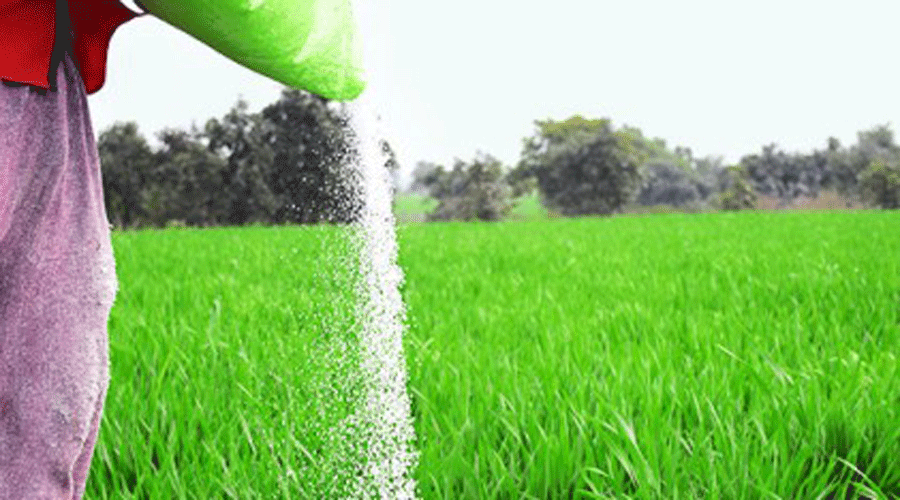India aims to cut spending on food and fertiliser subsidies to Rs 3.7 trillion ($44.6 billion) in the financial year from April, down 26 per cent from this year, two government officials said, to rein in a fiscal deficit that ballooned during the Covid-19 pandemic.
Food and fertiliser subsidies alone account for about one-eighth of India’s total budget spending of Rs 39.45 trillion this fiscal year, but reductions in food subsidies in particular may prove politically sensitive with elections looming on the horizon.
The government expects to budget around Rs 2.3 trillion for food subsidies in the coming fiscal year, compared with Rs 2.7 trillion for the current year to March 31, the two officials said.
Spending on fertiliser subsidies will likely fall to about Rs 1.4 trillion, according to one of the officials and a third government official. That compares with nearly Rs 2.3 trillion this year, the third official added.
The officials declined to be named because the information was not public.
The finance ministry declined to comment, while the food and fertiliser ministries did not immediately reply to requests for comment.
A large part of the savings will come from the end of a Covid 19-era free food scheme, which will be replaced with a lower-spending programme, the first two officials said.
That will effectively halve the free rations available to the poor in a year with a series of state elections, while general elections loom in 2024.
The government is eager to tame its fiscal deficit, which is targeted at 6.4 per cent of GDP for the current fiscal year.
That is far above the average of 4 per cent to 4.5 per cent over the past decade, excluding the pandemic years when spending surged and the ratio peaked at 9.3 per cent.
The government plans to shave at least half a percentage point from the ratio in 2023-24, the first two officials said.
The subsidy numbers will be announced on February 1, when finance minister Nirmala Sitharaman presents the 2023-24 federal budget in Parliament.
The three officials said the latest subsidies estimates for 2023-24 may be adjusted when a final round of discussions takes place, by mid-January.
The reduction in fertiliser subsidies is also driven by expectations of lower crude oil prices and the government’s revised gas procurement policy for fertiliser companies, which came into effect earlier this month, two of the officials said.










